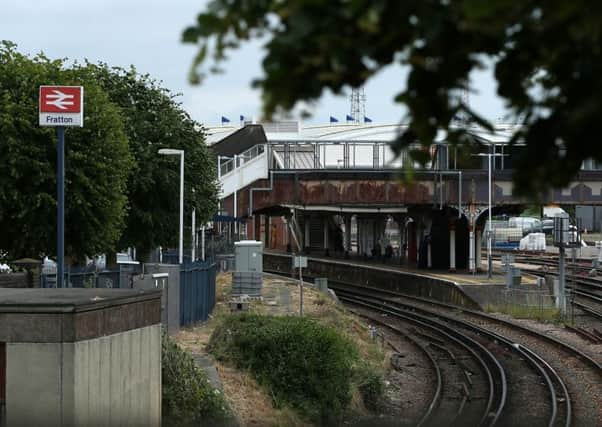This is why trains run slower during hot weather


Commuters have faced a series of different delays and disruptions on our train lines since the start of this week, for a multitude of reasons - including mass problems caused by a ‘small electrical fire’ yesterday.
But one of the reasons why services have been running behind schedule is because speed restrictions have been put in place on some part of the lines as a result of the warm weather.
Advertisement
Hide AdAdvertisement
Hide AdThe reason for this is to help prevent tracks from buckling in the heat.
Network Rail say: ‘When Britain enjoys a summer heatwave, rails in direct sunshine can be as much as 20°C hotter than air temperature. Because rails are made from steel, they expand as they get hotter, and can start to curve – known as ‘buckling’.
‘Most of the network can operate when track temperatures heat up to 46°C – roughly equivalent to air temperature of around 30°C – but rails have been recorded at temperatures as high as 51°C.
‘When our remote monitoring systems tell us that a section of track might be expanding too much and could cause problems, we introduce local speed restrictions. Slower trains exert lower forces on the track – this reduces the chance of buckling.
Advertisement
Hide AdAdvertisement
Hide Ad‘Rails sometimes buckle even with prevention in place, and this means we need to close the line and repair the track before trains can run again. This can disrupt journeys because we often have to wait until the rail temperature has dropped before we can carry out these essential repairs.’
To help stop tracks from buckling in the summer heat, Network Rail have also introduced a series of preventative measures. These are:
- Teams check track stability each winter as part of ongoing maintenance, and strengthen any weak parts before summer.
- Certain parts of the rail are painted white so they absorb less heat – and expand less. Typically, a rail painted white is 5°C to 10°C cooler than one left unpainted.
Advertisement
Hide AdAdvertisement
Hide Ad- As most track is made up of long pieces of rail that are stretched and welded together, there is much less chance of buckling in very high temperatures because there is reduced compression.
- When a track is made up from short rails bolted together, we leave small gaps between each one so that expansion doesn’t cause a problem.
- Network Rail is installing probes that alert us when track temperatures rise to give them chance to take action and stop a problem before it happens.
- In some parts of Britain’s rail network, tracks are laid on reinforced concrete slabs rather than on sleepers and ballast (the bed of stones that supports the sleepers). This helps to prevent rails from buckling.
